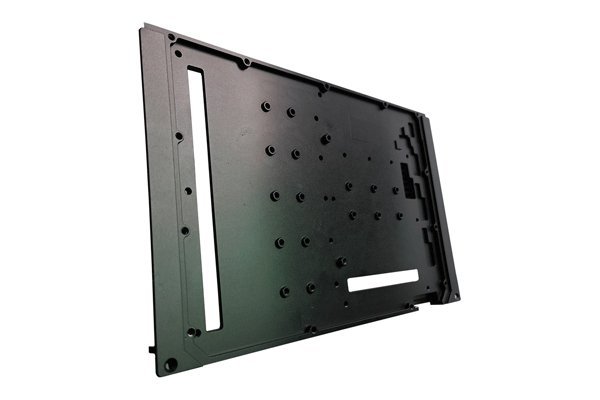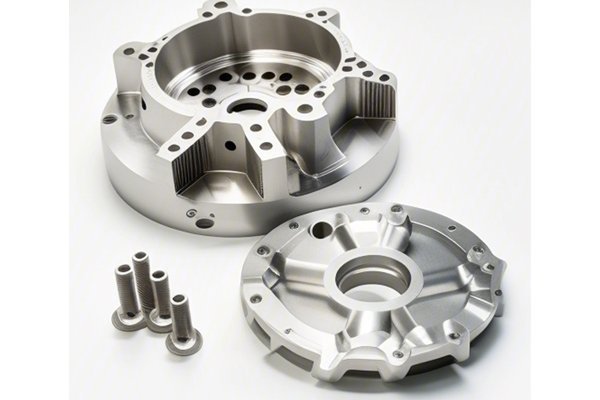In an age where precision and durability are paramount, electroplating has emerged as a game-changer in the world of CNC machining. Did you know that the global electroplating market is expected to reach approximately $34 billion by 2027, growing at a CAGR of about 6.9%? This fascinating statistic highlights not only the rising importance of electroplating in manufacturing but also the evolving technologies and materials that are shaping our industries.
CNC machining is an essential process in modern manufacturing, involving the computer-controlled removal of material to create precise components. However, raw materials often lack the corrosion resistance, wear resistance, and aesthetic appeal necessary for many applications. That’s where electroplating comes into play. By depositing a thin layer of metal onto a workpiece, electroplating can solve many of these issues.
In this comprehensive blog, we will explore the various factors you should consider when selecting an electroplating process for CNC machined parts. By the end, you’ll not only understand the different electroplating methods available but also how to make informed choices that enhance the quality, performance, and longevity of your products.
Understanding Electroplating
Before we delve into the specific factors you need to consider, it’s essential to have a foundational understanding of what electroplating is. Electroplating is a process that involves using electrical current to reduce cations of a material from a solution and coat a conductive surface with a thin layer of that material.
Why Electroplate?
There are several benefits to electroplating, primarily its ability to:
The Importance of Choosing the Right Electroplating Process
Selecting the appropriate electroplating process is crucial for achieving the desired quality and performance. The wrong choice can lead to poor adhesion, premature failure, and increased costs. Factors such as the base material, desired properties, environment, and budget all play a role in this decision.
Key Factors to Consider When Choosing an Electroplating Process
The type of material being electroplated is one of the most crucial factors in selecting an electroplating process. Different materials have different properties that impact how they respond to plating.
Numerous electroplating methods exist, each with its unique benefits and drawbacks. Here are the most common types to consider:
Understanding the requirements of the application will impact the electroplating process chosen. Consider the following properties:

The application environment also dictates the electroplating method. Consider the following:
The thickness of the applied layer is crucial, as it influences both performance and costs. Thinner layers might suffice for cosmetic applications, while thicker layers may be necessary for parts exposed to wear or corrosive elements.
The total cost of the electroplating process is another critical factor. Consider:
Consider your project’s timeline. Some electroplating methods are quicker than others, and this could impact delivery schedules.
Quality is paramount in CNC machining and electroplating. Look for providers who adhere to stringent quality control processes, including:
An experienced electroplating supplier can offer insights into technique adjustments that may be necessary for specific projects. Collaboration with a supplier who understands the nuances of your project can lead to better outcomes.
Consider how the electroplated parts will perform over time.
Choosing the right electroplating process for CNC machined parts is a multifaceted decision influenced by numerous factors. From understanding base materials to considering costs and quality expectations, each element plays a critical role in ensuring the final product meets operational requirements.
By carefully weighing these factors and collaborating with a knowledgeable electroplating partner, manufacturers can make informed decisions that optimize quality, durability, and cost-effectiveness. The importance of electroplating cannot be understated; it plays an essential role in enhancing product performance, aesthetic value, and longevity in various industries.
In an ever-evolving manufacturing landscape, staying informed about electroplating options and techniques provides a significant competitive advantage. The insights shared in this blog not only enhance your understanding of the electroplating process but also empower you to make choices that can directly impact your project’s success. Keep these factors in mind and approach your electroplating needs with confidence, ensuring sustainable and high-quality outcomes for your CNC machined parts.
By understanding these considerations, you set the stage for successful project outcomes and satisfied end-users. As you navigate the complexities of CNC machining and electroplating, remember that informed choices pave the way for quality, durability, and innovation in manufacturing.






